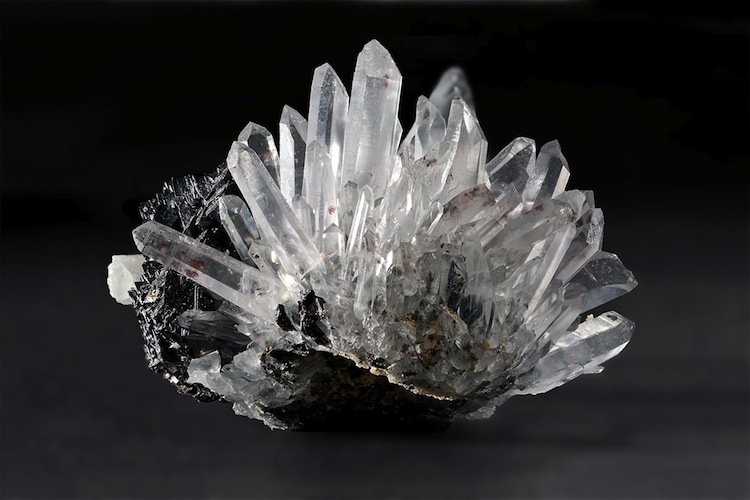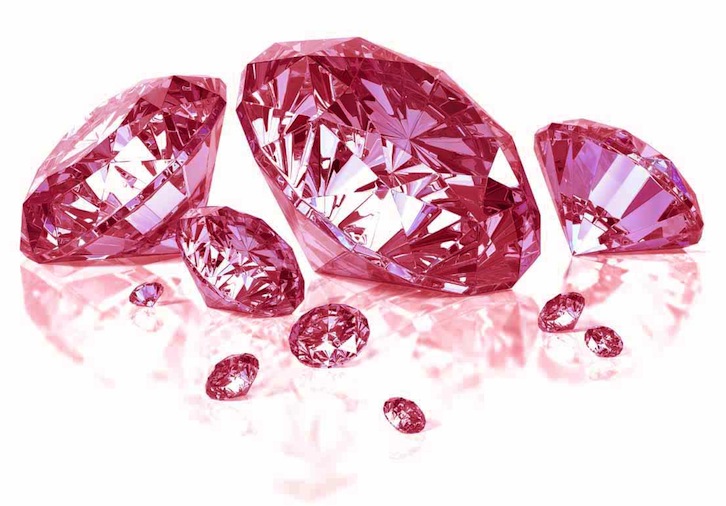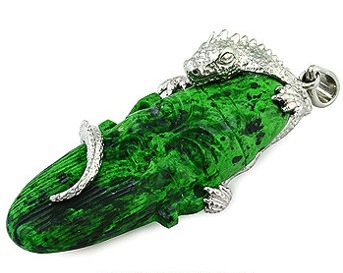Important parts of the diamond anatomy include facets, table, diameteer, crown, culet, pavilion, girdle and depth.
It is useful to understand the anatomy of diamonds. Like a human body, each part of the diamond has a specific name, and knowing these, and having a working understanding of what each part contributes to the diamond as a whole, will help to assist you in purchasing a beautiful diamond.
There are eight basic parts in the diamond anatomy. These are: Facets, Table, Diameter, Crown, Pavilion, Girdle, Depth and Culet.
Facets
These are the flat planes that form the outer face of the diamond. Each facet is angled, shaped and cut in order to produce a particular light effect for the diamond and to most effectively reflect the inner crystalline structure of the diamond. The facets are designed to allow light to reflect off of, enter into, pass through and exit the diamond. The arrangement of the facets is designed to allow light to enter (normally through the table), refract within the diamond itself (producing its “fire”), to exit the diamond (again, through its table) as well as reflecting light directly off of the diamond’s surface.
Table
The largest facet of the diamond. This is the facet that sits at the top of the diamond, and serves as the main entrance and exit point for light.
Diameter
The measurement of the width of the diamond at its widest point (girdle).
Crown
The crown refers to the part of the diamond from the girdle up. This means that the section of the diamond from the widest point to the top, or table, of the diamond is the named the crown.
Pavilion
The pavilion is the counterpoint of the crown in that it is the bottom portion of the diamond. From the girdle, or widest section, of the diamond to the bottom (or culet) is referred to as the pavilion.
Girdle
The girdle of the diamond is the name for the widest portion of the diamond. The diamond’s diameter is measured at its girdle. The common practice today is to facet the girdle itself, although these facets are not included in the diamond’s final facet count. As long as the girdle is not described as extremely or extra thin or thick the girdle has no effect on the stability of the diamond.
Depth
A diamond’s depth is the measured height of the entire diamond. Measuring from the top of the diamond (the table) to the bottom of the diamond (the culet), the depth of the diamond helps to set the ratios for the rest of the diamond’s cut.
Culet
The culet is the bottom of the diamond and the diamond’s smallest facet. The culet has tremendous effect on the rest of the diamond in that a properly formed culet will allow the light that has entered the diamond to most effectively exit through the diamond’s table and re-enter the eye. A culet that is cut too large can cause a detrimental effect in the diamond’s light display. The overly large culet can cause the light to leak out from it, thus causing the diamond to appear to have a hole within it. The culet needs to be small enough, and within the correct ratio to the rest of the diamond’s anatomy to allow the light to reach it and be refracted back within the diamond and reflected back out of it. It is not uncommon for a diamond to have no culet, and instead have the pavilion come to a point. There is no right or wrong to having or not having a culet.
Light Leakage
The term light leakage refers to the loss of light within the diamond. When properly cut, a diamond will exhibit fire (resulting from the proper cut of the crown), brilliance (resulting from the proper cut of the pavilion), and scintillation (resulting from the proper placement, or symmetry and alignment of a diamond’s facets). Scintillation is the actual play of light within the diamond itself. Should any of the elements involved be cut incorrectly, resulting in poor symmetry, poor brilliance, poor fire or a combination of the three, light will exit the stone at one of the sides, rather than reflect and refract within the stone, exiting through the table.
Facet Shapes and Descriptions
Bezel
The bezel facet is the name for 8 kite-like facets that are cut into the crown of a brilliant round cut diamond.
Kite
This is a facet that has been angled with four sides so as to best create the brilliance and luster of diamond. This type of facet is most commonly associated with the brilliant cut of diamond.
Rectangular
The next common type of facet is the long rectangular facet. This long facet is the facet that one sees when looking at a step-cut diamond, such as an emerald cut. The long, wide plane created by the use of the rectangular facet allows for a warm glowing play of light in and on the diamond.
Star
The star facet is a triangular facet. There are 8 of these facets on a brilliant cut diamond and they are found on the upper crown.




















